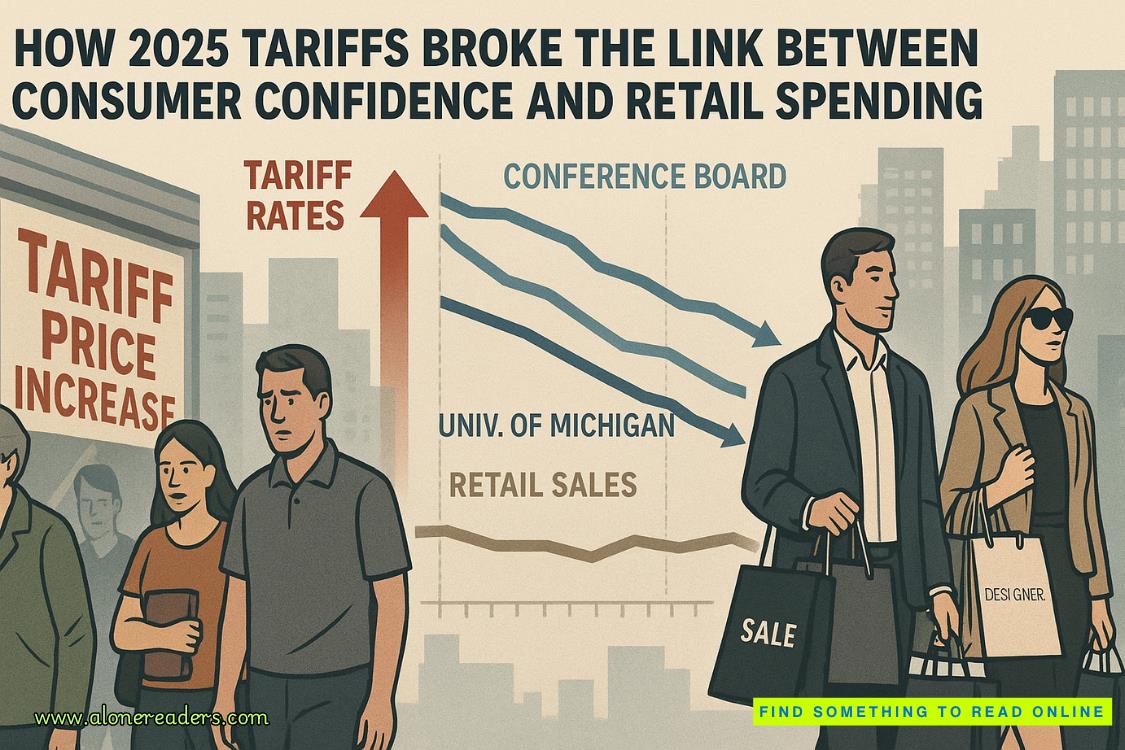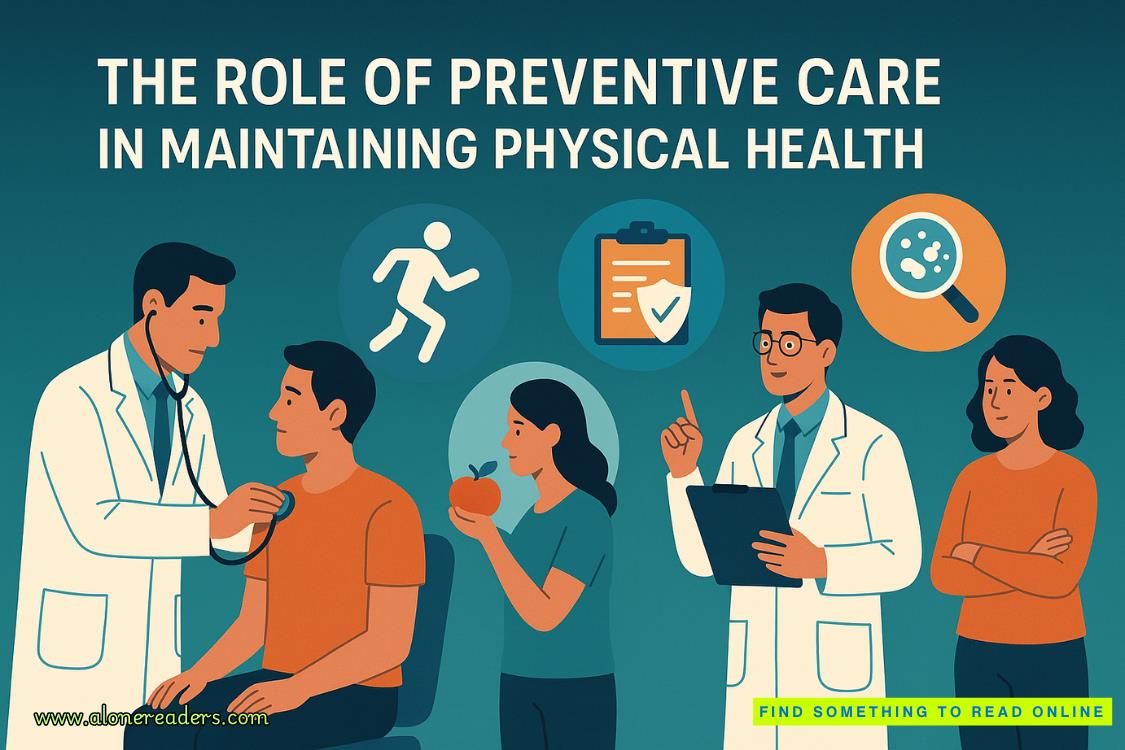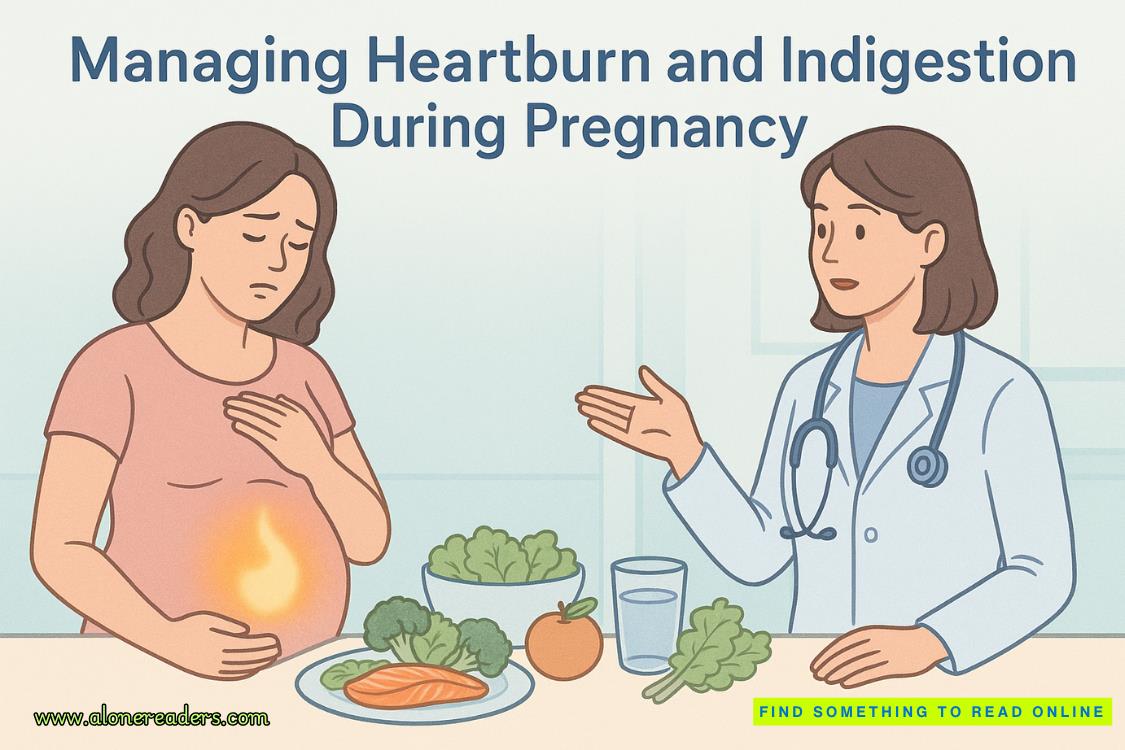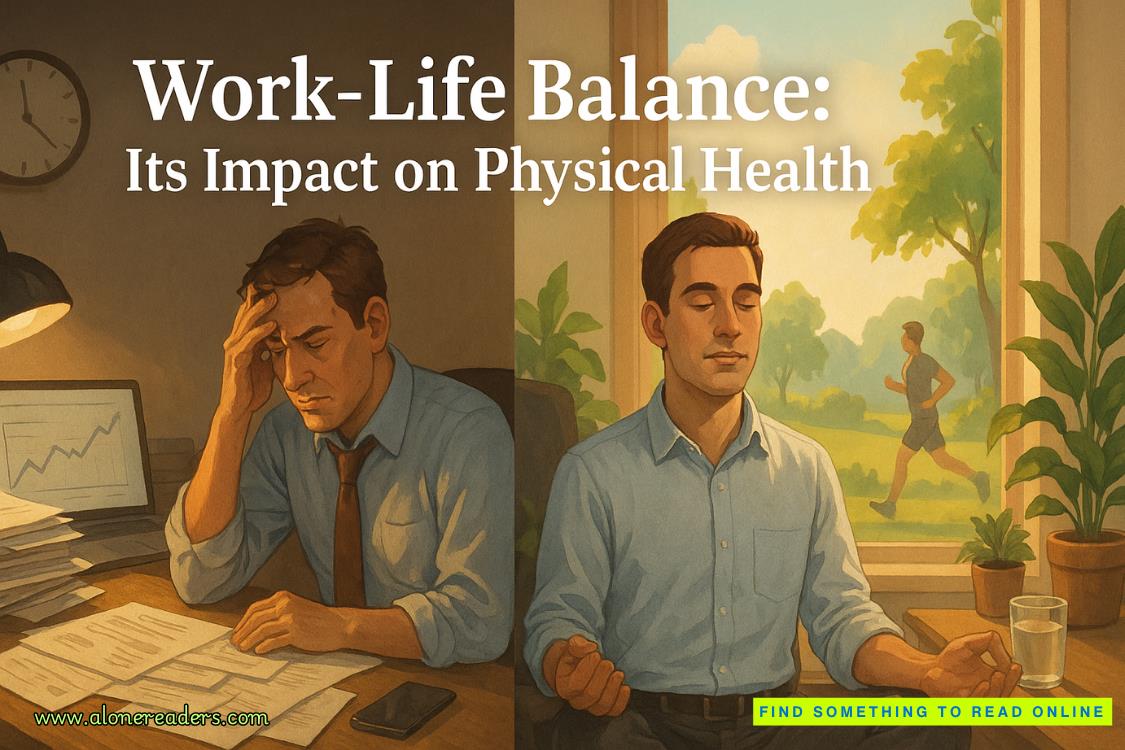Page 106 of Power of the Mind
Tallus stabbed a finger on the screen. “That’s an opioid, right?”
“Yeah.” A strong one commonly bought on the street.
“Do you remember if Winifred mentioned Allan being prescribed opioids for pain?”
“I can guaran-fucking-tee it wasn’t prescribed. Not for arthritis.”
“So he bought it illegally.”
“More than likely.”
“Could it explain his odd behavior?”
“Yes.”
“Is it mentioned in his cause of death?”
I skimmed to the bottom of the report. “No.”
Allan, too, had taken his own life, and his cause of death was written up as exsanguination. If drugs had played a part, which was likely, it wasn’t noted. His levels of fentanyl were elevated but not in the danger zone.
Tallus wrote it down.
“This is stupid.”
“It’s not.”
“They aren’t connected to…” I glanced at Doyle, who was pretending not to pay attention. “To what we thought.”
“They are, we just don’t know how yet.”
I growled under my breath. “Didn’t I give you one week to play investigator? Today is one week.”
“Next one, Guns.”
Grumbling, I opened the next virtual folder.
On it went.
Every other person on our list was taking prescription drugs of one kind or another due to ailments we already knew about. Our other suicides were on antidepressants, so their deaths also made sense. A handful had dabbled with illegal drugs, mostly marijuana, but a few had low levels of PCP, like Ezra. Two more people had low levels of opioids in their system—not fentanyl, but the more commonly prescribed hydrocodone.
Kennedy, a woman in her late twenties, was the only other person who was listed as a victim of overdose. Her drug of choice had been oxycodone. The rest of our subjects had either succumbed to suicide or unexplained heart failure. The pathologist’s summaries of the unexplained cases presented hypotheses much like Ezra’s. Weakened systems due to prolonged use of regulated drugs used in tandem with unregulated drugs or rare adverse side effects from the combination of several regulated drugs.
Considering the chronic health conditions we were looking at, opioids were something that could have been prescribed for pain, but they also could have been bought off the street. Opioids also had a high rate of abuse, so doctors were sketchy about their prolonged use and risks of addiction. Prescription opioids were usually closely monitored.
No one, apart from Ezra and Kennedy, had toxic levels ofanythingin their system. No one, apart from Ezra and Kennedy,had died from an overdose. I didn’t expect to waltz in and contradict a trained professional, but I had been hoping we would see something out of the ordinary. Something we could point a finger at that would link these people’s deaths.
After we’d reviewed the final autopsy, I sat back, irritated.
“We’re missing something,” Tallus whispered, low enough that Doyle wouldn’t hear. “I’m not convinced eleven of Rowena and Hilty’s patients randomly died of perfectly normal and explainable causes.”
But what else did we have?
Nothing.
I thought of the handwritten sticky notes on each profile. The wordsvulnerable, suggestible, andimpressionable werewritten in flowing cursive as though they, too, were case file summaries.
People with chronic pain.















